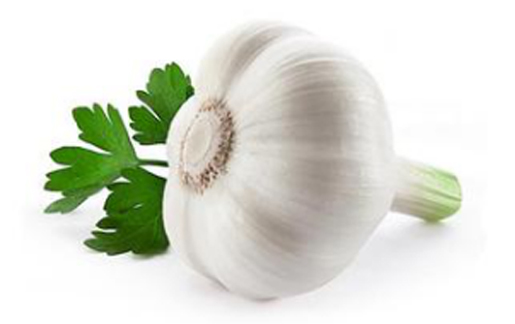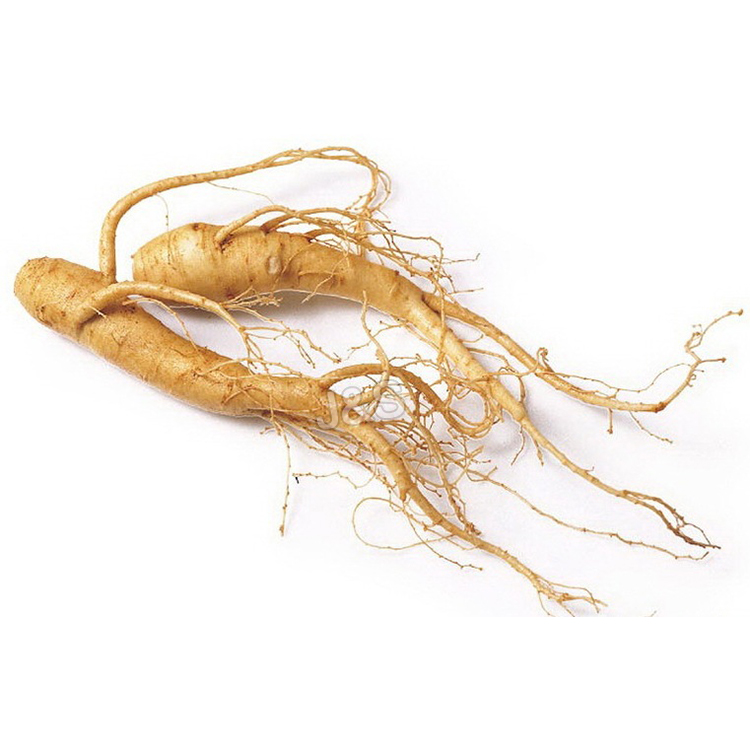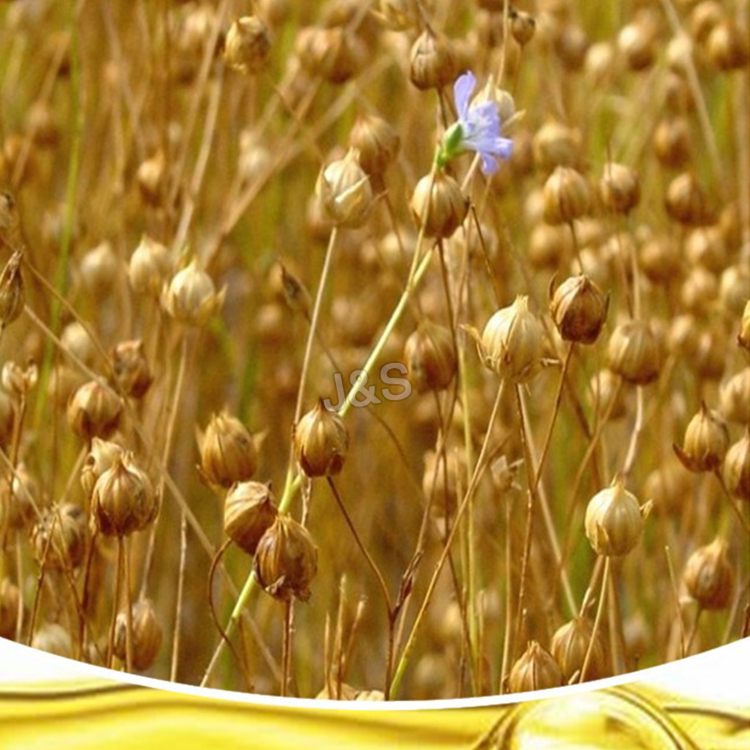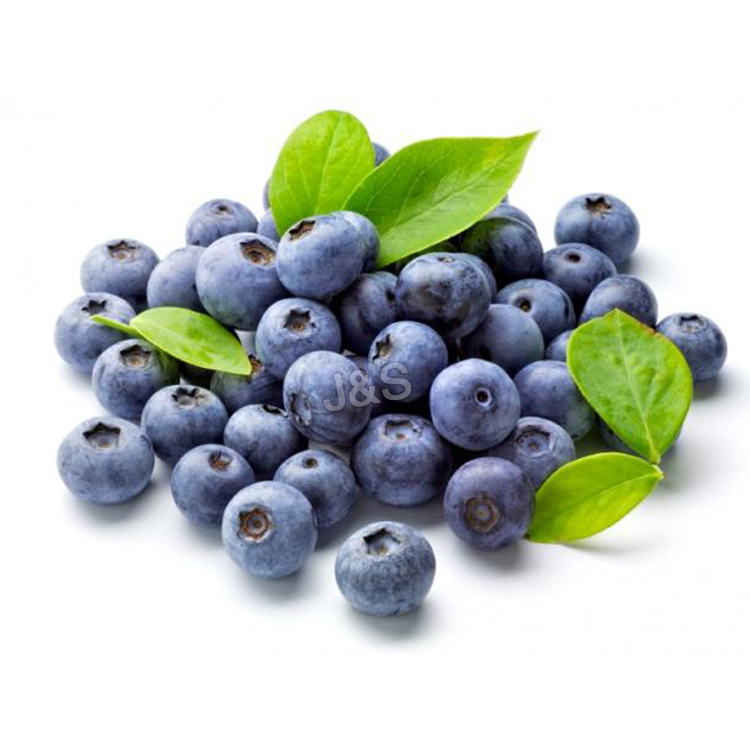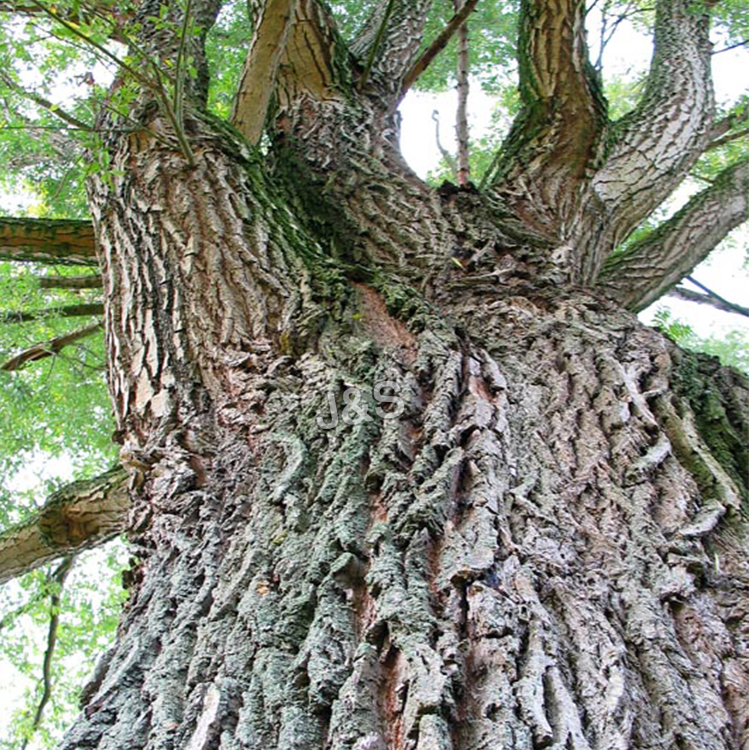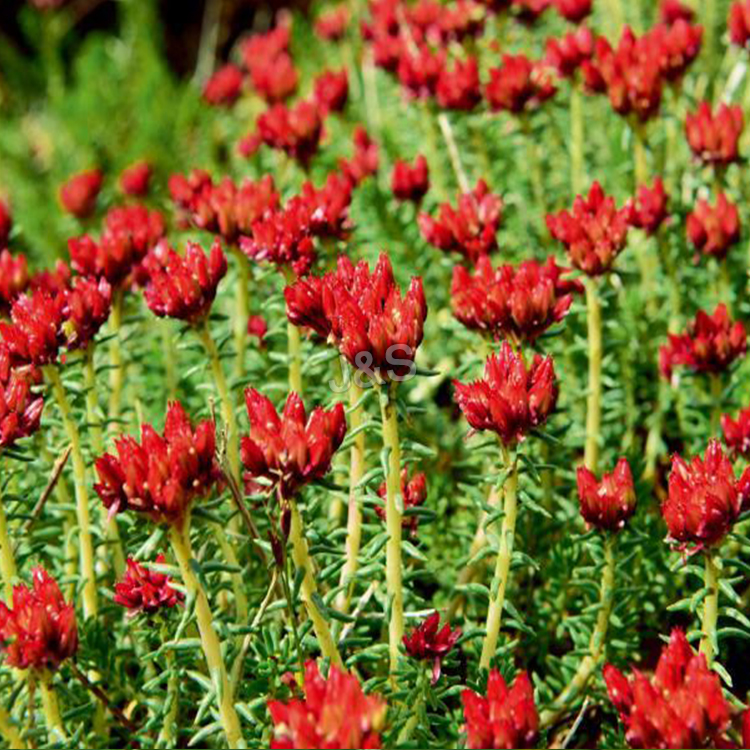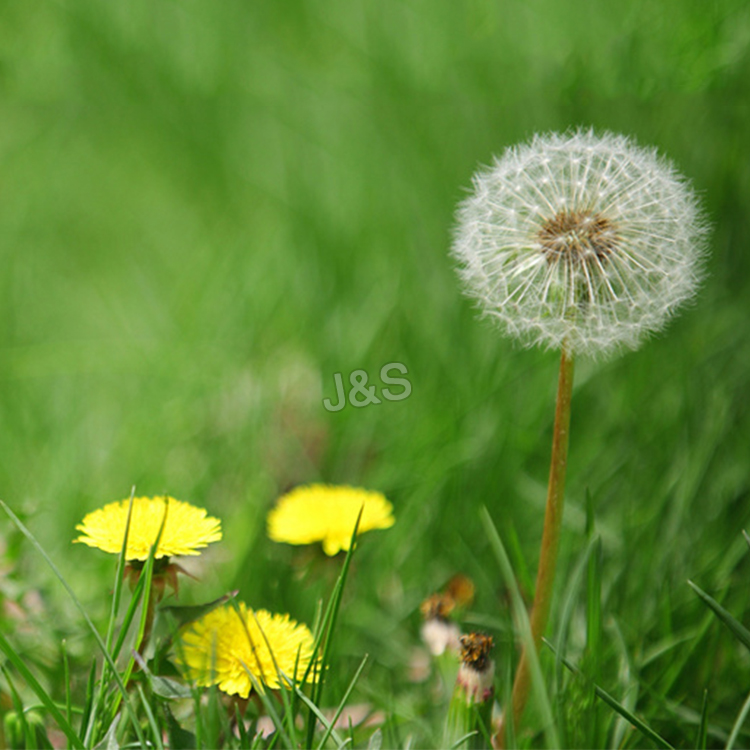Online Exporter Garlic Extract Powder Factory in Nepal
Online Exporter Garlic Extract Powder Factory in Nepal Detail:
[Latin Name] Allium sativum L.
[Plant Source] from China
[Appearance] Off-white to light yellow Powder
Plant Part Used:Fruit
[Particle size] 80 Mesh
[Loss on drying] ≤5.0%
[Heavy Metal] ≤10PPM
[Storage] Store in cool & dry area, keep away from the direct light and heat.
[Shelf life] 24 Months
[Package] Packed in paper-drums and two plastic-bags inside.
[Net weight] 25kgs/drum
Introduction:
In ancient times, garlic was used as a remedy for intestinal disorders, flatulence, worms, respiratory infections, skin diseases, wounds, symptoms of aging, and many other ailments. To date, more than 3000 publications from all over the world have gradually confirmed the traditionally recognized health benefits of garlic.
Although aged Garlic has so many benefits to human body, but it has a unpleasant odor. most of people do not like this taste ,so we use modern biological technology, to enrichment the elite containing in the Garlic and get rid of the odor of the product ,we call it aged garlic extract
Function:
(1) Has a strong and extensive antibiotic ability. It can kill all kinds of bacteria totally sucn as gram-positive bacteria, gram-negative bacteria and fungi; can restrain and kill some pathogenic microorganisms such as many staphylococcocci, pasteurella, typhoid bacillus, shigella dysenteriae and pseudomonas aeruginosa. So, it can prevent and cure many kinds of contagion, especially coccidiosis in chicken.
(2) Because of its strong garlic odour, allicin can increase feed intake of the birds and fish.
(3) Flavors the meals with a uniform garlic smell and mask unpleasant odors of various feed components.
(4) Strengthen immune system, and promote healthy growth in poultry and fish.
(5) Allicin’s garlic odour is effective in repelling flies, mites and other insects from the feed.
(6) Allicin has a potent sterilization effect on Aspergillus flavus, Aspergillus Niger, Aspergillus fumigatus, etc. and is therefore able to prevent the onset of feed mildew and prolong feed life.
(7) Allicin is safe with no residual drugs
Product detail pictures:
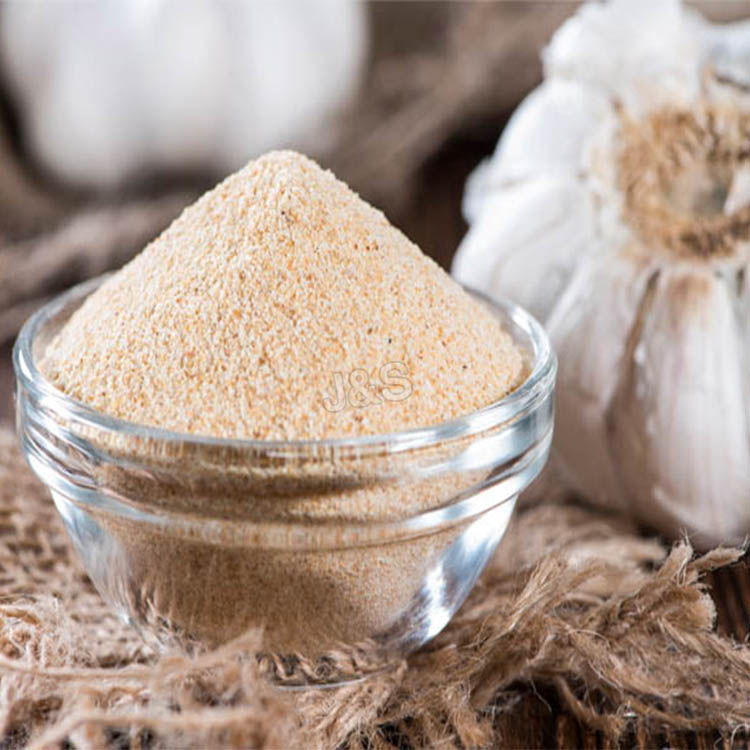
Related Product Guide:
It can be a great way to enhance our solutions and service. Our mission would be to build inventive products to consumers with a superior working experience for Online Exporter Garlic Extract Powder Factory in Nepal , The product will supply to all over the world, such as: The Swiss, Armenia, kazakhstan, Our product quality is one of the major concerns and has been produced to meet the customer's standards. "Customer services and relationship" is another important area which we understand good communication and relationships with our customers is the most significant power to run it as a long term business.
Why wait Order now :
https://myrainoffice.com/enroll/self_enroll_pc.php?sponsor=125969
Information :
www.rainsoul2u.com
call & delivery +6013-373 0101
https://www.myrainlife.com/johnnylee
https://www.facebook.com/rainsoul2u
What is Rain Soul ?
Rain Soul Powerful Antioxidants & Essential Fatty Acids to energize, revitalize, detoxify your mind, body & soul. Black cumin seed, Black raspberry seed, Grape seed, Ribose-D, Resveratrol.
富 含 抗 氧 化, 人 体 内 必 需 脂 肪 酸, 帮 助 人 脑 和 身 体 排 毒. 古 书 记 载 黑 小 茴 香 除 了 无 法 起 死 回 生, 种 籽 可 做 为 每 种 疾 病 的 治 疗 药 物.
Dr Otto Heinrich Warburg (Germany)
Nobel Prize in Medicine 1931 : Biochemist
The body requires special fats that, among other important functions. make it possible for sufficient oxygen to reach the cells via the cellular membranes. Which are the key, These special fats are highly oxygen-absorbing. Called Essential Fatty Acids, or EFAs, these special fats must be supplied from outside the body every day.
Black raspberry seed :
Contain antioxidant-like phytonutrients including ellagitannins and anthocyanins. These may help fight viruses, inflammation, and a number of other serious health conditions. Antioxidants seek out and eliminate cell-damaging substances, called free radicals. Free radicals can occur naturally in the body or from exposure to environmental toxins. Although ellagitannins exist in most berries, raspberries contain the the most potent levels.
Black raspberry seed :
Contain antioxidant-like phytonutrients including ellagitannins and anthocyanins. These may help fight viruses, inflammation, and a number of other serious health conditions. Antioxidants seek out and eliminate cell-damaging substances, called free radicals. Free radicals can occur naturally in the body or from exposure to environmental toxins. Although ellagitannins exist in most berries, raspberries contain the the most potent levels.
Grape seed :
Grape seeds have an abundant source of flavonoids called proanthocyanidins. This is important for brain health due to their free radical-quenching antioxidant and collagen-protecting effects. Proanthocyanidins have also been shown to noticeably delay the onset of lipid peroxidation and to effectively chelate iron ions. Free iron ions are some of the most powerful promoters of lipid peroxide, hydrogen peroxide and hydroxyl radical production. This is a major contributor to the pathogenesis of Parkinsons disease, one of the most common neurological diseases in older individuals.
Ribose-D :
Ribose-D is a five-carbon sugar found in every cell in our bodies that combines with oxygen and ATP (adenosine triphoshate) to give energy to each cell. Ribose is also present in RNA (ribonucleic acid), which is one of the main information carriers of living organisms. Oxidative stress, as measured by free radical damage to cells, leads to systematic inflammation. Fortunately, our bodies handle this problem daily. However, if our bodies experience an abnormal increase in free radicals due to exercise, daily stress, excess smoking, excess saturated fat intake, depressed immune system, aging, etc., the body becomes fatigued and less efficient in producing Ribose-D to replenish cellular energy. Because of this, we need to supplement with Ribose-D in order to regenerate the cells energy system.
Grape Extracts Resveratrol :
Grape skin extract contains trans-resveratrol which is considered a natural antibiotic that can fight bacterial diseases. Resveratrol may help protect the body from various diseases and slowing down the aging process.
BUY NOW RAIN SOUL :
Rain International . rain soul Asia . rain soul North America . rain soul Canada . rain soul United States . rain soul USA . rain soul Europe . rain soul Germany . rain soul United Kingdom . rain soul Croatia . rain soul Hungary . rain soul Romania . rain soul Serbia . rain soul Slovakia . rain soul Asia . rain soul China . rain soul Hong Kong . rain soul Indonesia . rain soul Japan . rain soul Malaysia . rain soul Philippines . rain soul Singapore . rain soul Brunei . rain soul Taiwan . rain soul Thailand . rain soul Shanghai
BUY NOW RAIN CORE :
Rain International . rain core Asia . rain core North America . rain core Canada . rain core United States . rain core USA . rain core Europe . rain core Germany . rain core United Kingdom . rain core Croatia . rain core Hungary . rain core Romania . rain core Serbia . rain core Slovakia . rain core Asia . rain core China . rain core Hong Kong . rain core Indonesia . rain core Japan . rain core Malaysia . rain core Philippines . rain core Singapore . rain core Brunei . rain core Taiwan . rain core Thailand . rain core Shanghai
How to order rain soul . how to buy rain soul . buy rain soul . rain nutrition . rain soul how to buy . be a rain soul distributor .
God is Good & Great…!!!
Jesus Bless You & Love You…!!!
This Drink Will Burn Stomach Fat 4X Faster, Improve Energy, And Remove Toxins!!!
What is Macha tea?
A long-standing tradition of Japanese culture, Macha tea is produced using pure Gyokuro leaves – a variety of Camellia Sinensis plant that is shaded beneath special mats for 3 weeks before plucking.
The shading forces the plant to produce a higher chlorophyll content, thus increasing its nutritional value and giving the leaves a rich green color.
In fact, Macha tea contains nearly 2 times the antioxidants of a glass of red wine, approximately 9 times more beta-carotene than spinach and 4 times more beta-carotene than carrots, and nearly 10 times the antioxidants and polyphenols of regular green tea.
Macha tea health benefits
1.Fights cancer
It is said that matcha tea contains 10 times more epigallocatechin gallate (EGCG) than other teas. ECGC is one of the most powerful natural Chemopreventive polyphenol compounds in green tea.
Studies have shown that it is effective against various types of cancer including lung cancer, prostate cancer, ovarian cancer, breast cancer, and many other types of cancer.
2.Boost metabolism
Macha is often used as a pre-workout supplement to increase energy levels and mental focus while you are training. Also, studies have shown that drinking matcha tea before a workout increases fat loss. It is estimated that matcha tea can help you lose 25 percent more weight.
3.Supplies energy
As opposed to coffee, matcha tea releases caffeine slowly over several hours, so you will feel full of energy all day. This is because it is loaded with L-theanine, which can also improve mental focus. Other teas also contain this amino acid but in much smaller quantities.
A recent study showed that L-theanine antagonizes the stimulatory effects of caffeine by lowering serotonin levels that have been artificially elevated by caffeine.
4.Reduce stress
L-theanine is also responsible for increasing alfa wave activity of the brain, which promotes relaxation.
A recent study published in the American Journal of Health-System Pharmacy found that these effects of L-theanine have been associated with increased performance under stress, increased creativity, and improved concentration and learning capacity, as well as reduced anxiety.
5.Boost the immune system
The EGCG content in matcha tea stimulates the production of regulatory T-cells, the immune system’s first line of defense.
Most recently, Science daily reported that this increased production of regulatory T-cells significantly suppresses the appearance of autoimmune diseases.
6.Lowers cholesterol
A study showed that matcha tea lowers total cholesterol and raises HDL (good) cholesterol levels in both animal and human trials. This contributes to reducing the chances of coronary heart disease.
Other studies found that the consumption of green tea and matcha tea have beneficial effects on endothelial functioning, ensuring that that blood vessels relax and contract in an optimal function for proper blood flow.
7.Controls diabetes
This tea has been used traditionally in the Chinese medicine to control blood sugar levels. Studies performed on animals suggest that green tea and matcha tea can help prevent the development of type 1 diabetes and slow the progression once it has developed.
How to prepare matcha tea
If you have never had matcha tea, start with a quarter of a teaspoon of the tea powder and slowly increase the dose to a half teaspoon, eventually one teaspoon.
At first, boil one cup of water to about 180 F. Spoon a quarter or a half teaspoon matcha powder into an empty cup and add about one to two tablespoons of hot water to the powder and whisk to form an evenly diluted paste. At last, add 2 to 3 ounces of the hot water and mix it well.
Also, you can sweeten your tea by adding a half tablespoon raw, organic honey.
Enjoy!
Adhering to the business principle of mutual benefits, we have a happy and successful transaction, we think we will be the best business partner.

